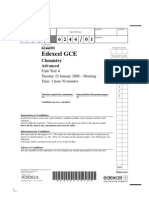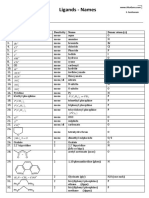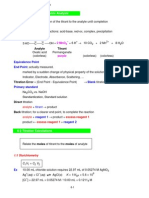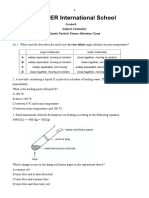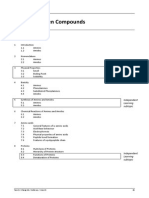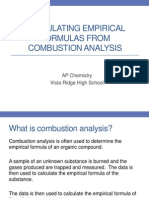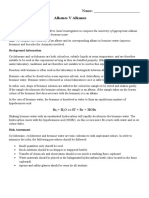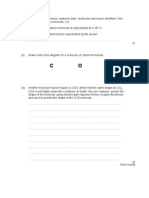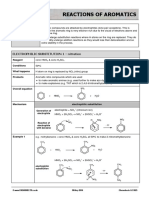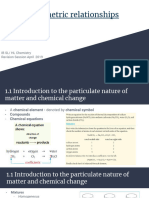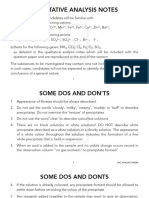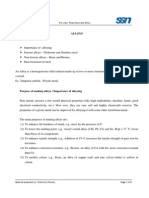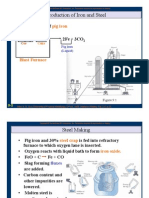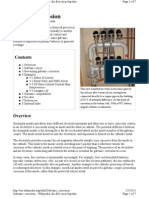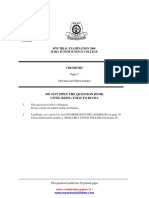0% found this document useful (0 votes)
256 views19 pagesQualitative Analysis Notes: Cedar College Salt Analysis Theory 1
1) The document provides guidance on qualitative analysis of cations and anions found in salts, including expected observations from reactions and solubility.
2) It lists common dos and don'ts for qualitative analysis, such as describing precipitates and recording observations.
3) Tables are provided describing the reactions and observations expected for common ions like halides, sulfate, nitrate, and various metal cations.
Uploaded by
Daniyal KhanCopyright
© © All Rights Reserved
We take content rights seriously. If you suspect this is your content, claim it here.
Available Formats
Download as PDF, TXT or read online on Scribd
0% found this document useful (0 votes)
256 views19 pagesQualitative Analysis Notes: Cedar College Salt Analysis Theory 1
1) The document provides guidance on qualitative analysis of cations and anions found in salts, including expected observations from reactions and solubility.
2) It lists common dos and don'ts for qualitative analysis, such as describing precipitates and recording observations.
3) Tables are provided describing the reactions and observations expected for common ions like halides, sulfate, nitrate, and various metal cations.
Uploaded by
Daniyal KhanCopyright
© © All Rights Reserved
We take content rights seriously. If you suspect this is your content, claim it here.
Available Formats
Download as PDF, TXT or read online on Scribd
/ 19


